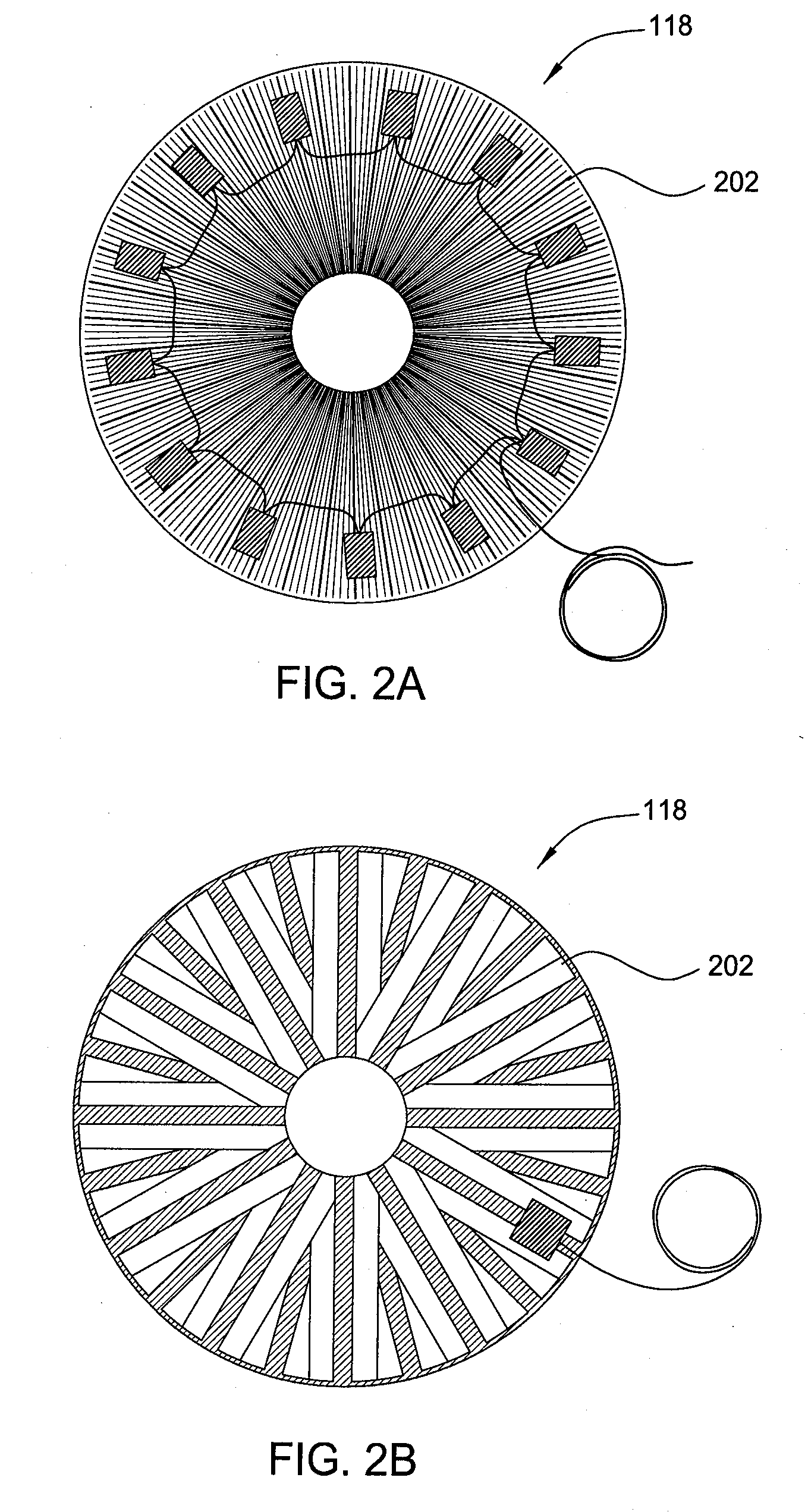Device that enables plasma ignition and complete faraday shielding of capacitive coupling for an inductively-coupled plasma
a capacitive coupling and capacitive coupling technology, applied in plasma techniques, electrical equipment, electric discharge tubes, etc., can solve the problems of increasing the power consumption of the gate, unsatisfactory effects on the performance and durability of the gate, and increasing the leakage current of the ga
- Summary
- Abstract
- Description
- Claims
- Application Information
AI Technical Summary
Benefits of technology
Problems solved by technology
Method used
Image
Examples
Embodiment Construction
[0025]Embodiments of the present invention provide a means to ignite a gas mixture into plasma using capacitive coupling techniques, shield the plasma and other contents of the plasma reactor from the capacitively-coupled electric field, and maintain the plasma using inductive coupling. Such techniques are employed in an effort to prevent damage to the surface of a substrate from excessive ion bombardment caused by the highly energized ions and electrons accelerated towards and perpendicular to the substrate surface by the electric field of capacitively-coupled plasma.
An Exemplary Plasma Reactor
[0026]FIG. 1 depicts a schematic, cross-sectional diagram of a plasma reactor 100 that may be used to ignite plasma according to embodiments of the present invention. The plasma reactor 100 may be a slightly modified version of the Decoupled Plasma Nitridation (DPN) or DPN Plus chambers made by Applied Materials located in Santa Clara, Calif. Primarily an inductive plasma source reactor, plas...
PUM
 Login to View More
Login to View More Abstract
Description
Claims
Application Information
 Login to View More
Login to View More - R&D
- Intellectual Property
- Life Sciences
- Materials
- Tech Scout
- Unparalleled Data Quality
- Higher Quality Content
- 60% Fewer Hallucinations
Browse by: Latest US Patents, China's latest patents, Technical Efficacy Thesaurus, Application Domain, Technology Topic, Popular Technical Reports.
© 2025 PatSnap. All rights reserved.Legal|Privacy policy|Modern Slavery Act Transparency Statement|Sitemap|About US| Contact US: help@patsnap.com



